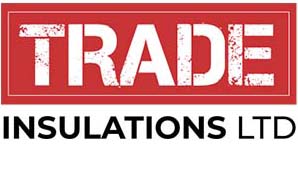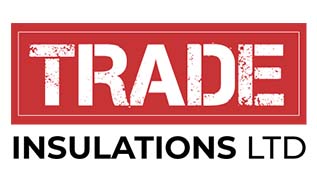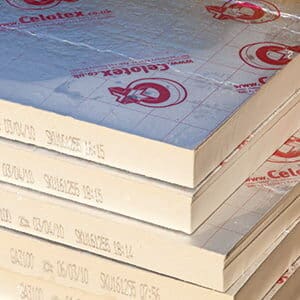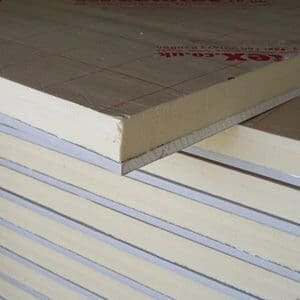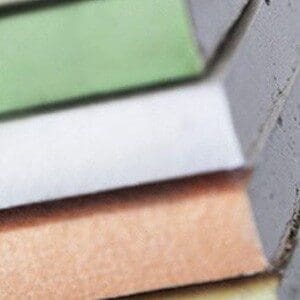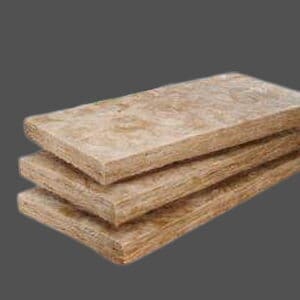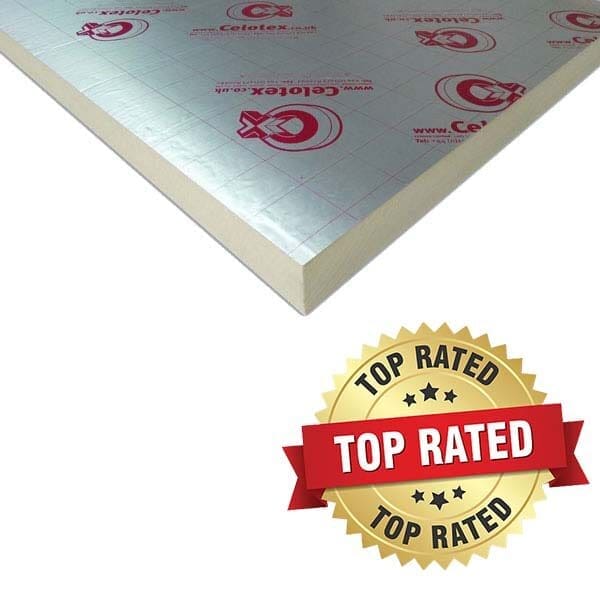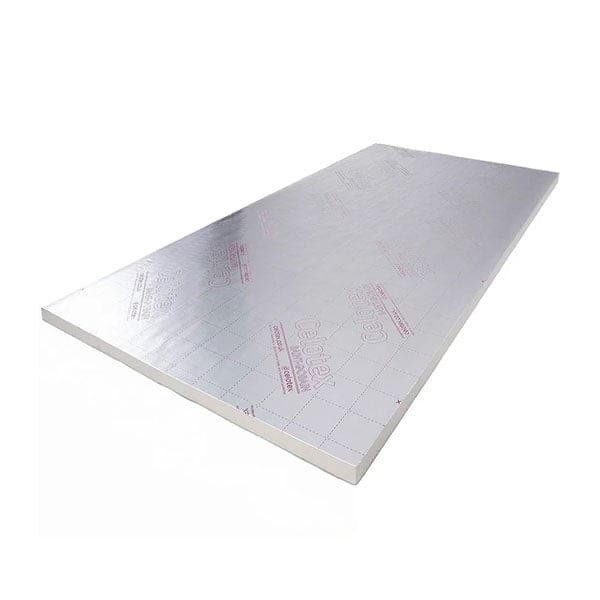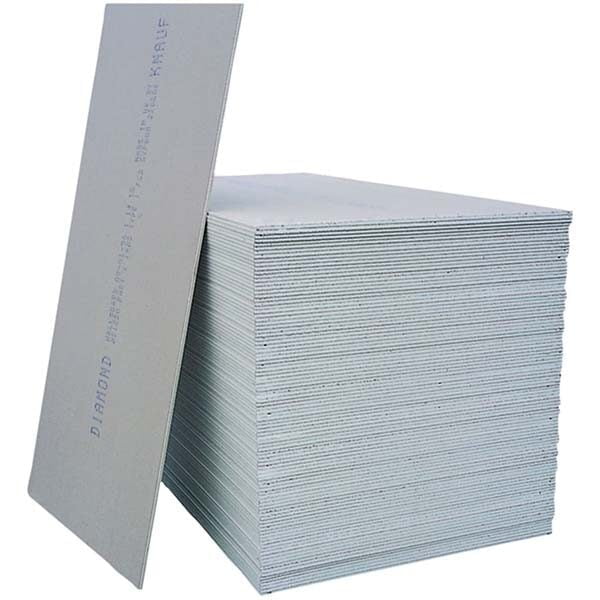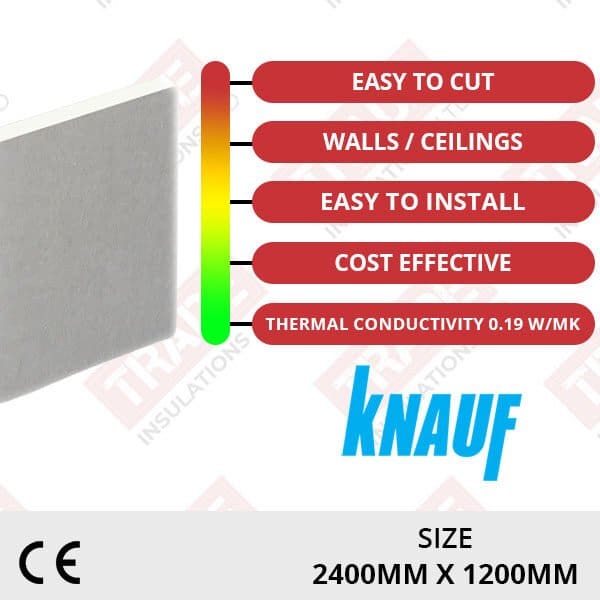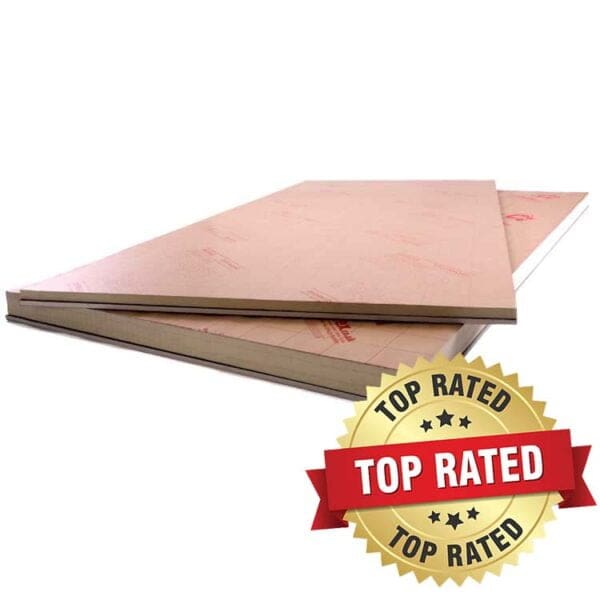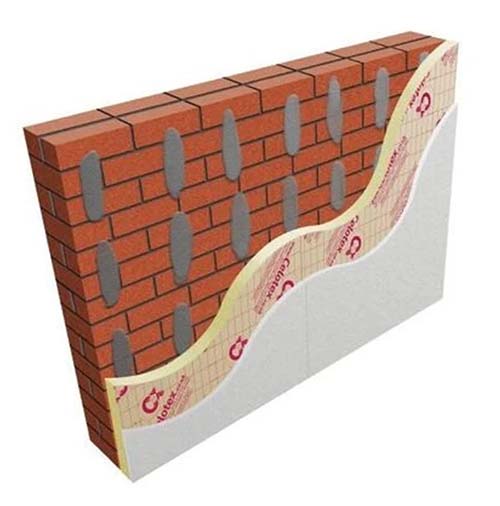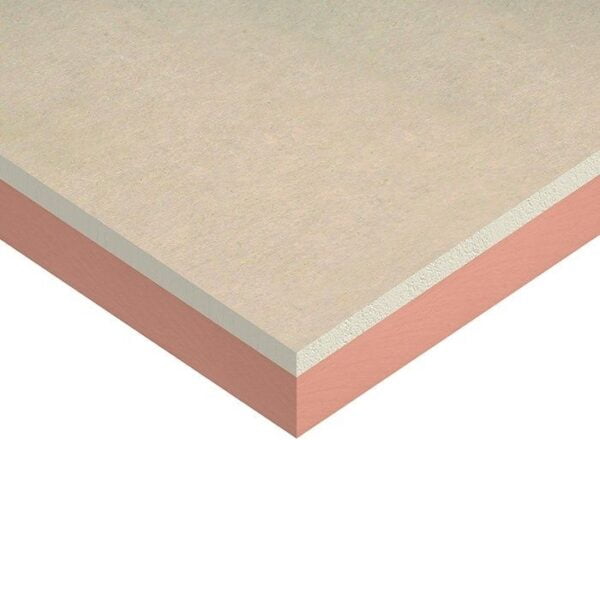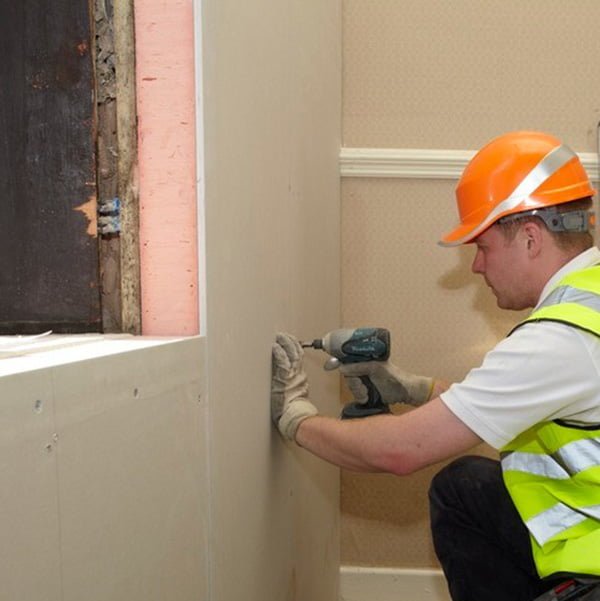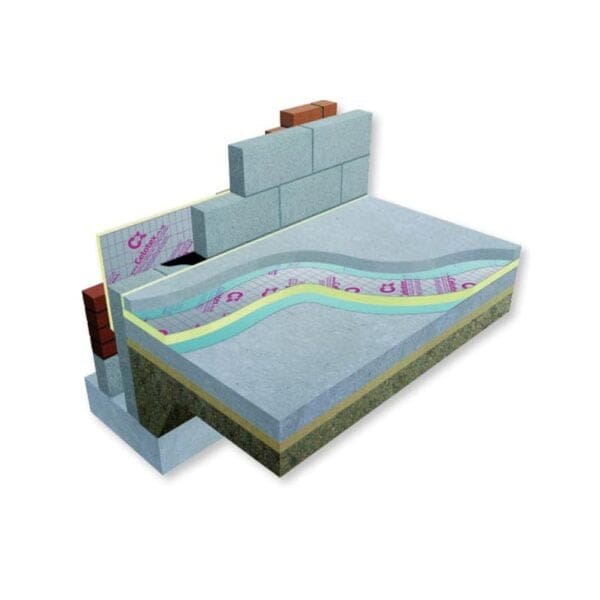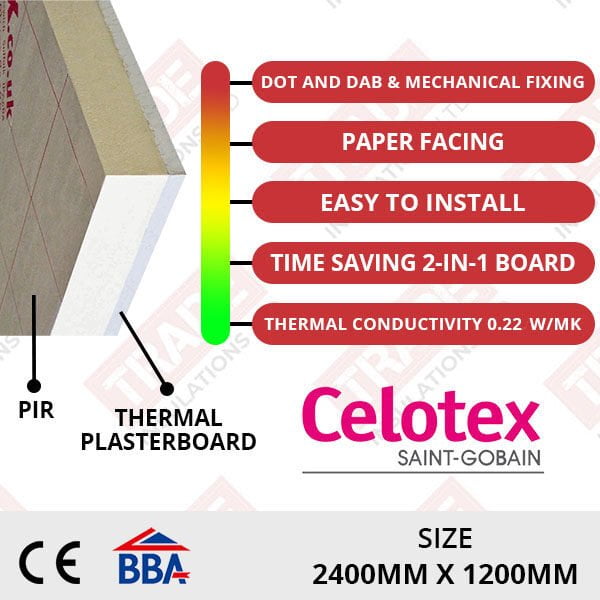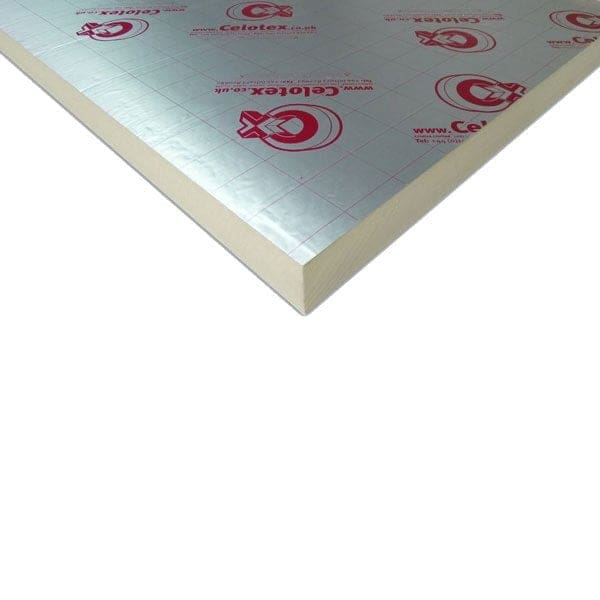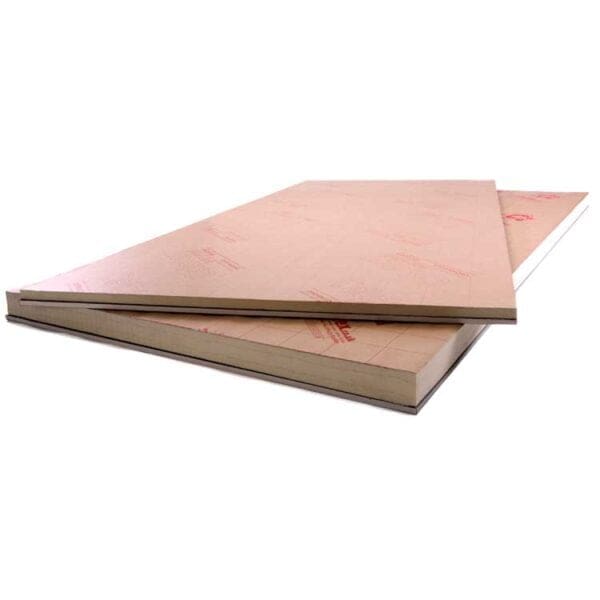Solid Wall Insulation
Discover a range of cutting-edge solutions designed to enhance the energy efficiency and comfort of your space. Whether you’re looking to insulate older structures or seeking to improve the thermal performance of your home, our collection offers a variety of options to meet your needs. Explore our selection of high-quality solid wall insulation materials and systems that not only reduce energy consumption but also contribute to a more sustainable and environmentally-conscious lifestyle. Upgrade your living environment today with our innovative insulation solutions.
Order from us today and join the hordes of customers who count on Trade Insulations for our low price insulation, easy to use website and a customer service, which is second to none.
Showing 1–16 of 36 results
Celotex 100mm PIR Insulation Board – GA4100 (2400mm x 1200mm x 100mm) 2.88m2
Original price was: £39.99.£28.99Current price is: £28.99.12.5mm Plasterboard – Knauf Wallboard (12.5mm x 2400mm x 1200mm) (2.88m2) Tapered Edge
Original price was: £10.70.£9.35Current price is: £9.35.Celotex 37.5mm Insulated Plasterboard (2400mm x 1200mm x 37.5mm) – PL4025
Original price was: £40.50.£33.15Current price is: £33.15.Kingspan Kooltherm K118 37.5mm Insulated Plasterboard (2400 x 1200mm) – 2.88m2
Original price was: £78.59.£65.49Current price is: £65.49.120mm Celotex Insulation Board – XR4120 (2400mm x 1200mm x 120mm) 2.88m2
Original price was: £51.99.£35.20Current price is: £35.20.50mm Celotex Insulation Board – GA4050 (2400mm x 1200mm x 50mm) 2.88m2
Original price was: £25.15.£17.15Current price is: £17.15.75mm Celotex Insulation Board – GA4075 (2400mm X 1200mm X 75mm) 2.88m2
Original price was: £34.99.£23.70Current price is: £23.70.Celotex 52.5mm Insulated Plasterboard (2400mm x 1200mm x 52.5mm) – PL4040
Original price was: £48.90.£42.35Current price is: £42.35.150mm Celotex Insulation Board – XR4150 (2400mm x 1200mm x 150mm) 2.88m2
Original price was: £61.50.£44.98Current price is: £44.98.70mm Celotex Insulation Board – GA4070 (2400mm x 1200mm x 70mm) 2.88m2
Original price was: £34.89.£23.50Current price is: £23.50.80mm Celotex Insulation Board – GA4080 (2400mm X 1200mm X 80mm) 2.88m2
Original price was: £39.40.£27.20Current price is: £27.20.Celotex 62.5mm Insulated Plasterboard (2400mm x 1200mm x 62.5mm) – PL4050
Original price was: £52.90.£43.99Current price is: £43.99.Celotex 72.5mm Insulated Plasterboard (2400mm x 1200mm x 72.5mm) – PL4060
Original price was: £59.90.£50.99Current price is: £50.99.Celotex 77.5mm Insulated Plasterboard (2400mm x 1200mm x 77.5mm) – PL4065
Original price was: £88.00.£57.99Current price is: £57.99.Kingspan Kooltherm K118 42.5mm Insulated Plasterboard (2400 x 1200mm) – 51.84m2 pallet
Original price was: £1,368.00.£1,140.00Current price is: £1,140.00.Kingspan Kooltherm K118 52.5mm Insulated Plasterboard (2400 x 1200mm) – 2.88m2
Original price was: £85.80.£71.50Current price is: £71.50.What is a solid wall?
A solid wall is sometimes referred to as a massive wall. It is a type of construction that involves using a single primary material in a single layer, or a combination of different layered materials that collectively form a solid and continuous wall structure. This is different to a cavity wall, which is built in layers with a central gap that's often filled with insulation material. The purpose of this gap in a cavity wall is to enhance the wall's resistance to weathering or to improve its thermal performance.
On our website, we offer the best prices on solid wall insulation, which means you can order from us and get your insulation for solid walls in no time at all.
Solid wall construction can be seen as one of the most straightforward wall construction methods, though certain variations of layered solid walls can also exhibit a level of complexity. This type of construction is typically prevalent in historical buildings or structures such as agricultural or outbuildings, where there might not be stringent requirements for thermal efficiency.
Traditionally, solid walls were frequently built using natural stone, processed blocks, or fired bricks. Single-skin brick walls typically feature bricks laid side by side, while thicker two-skin walls incorporate header bricks that act as ties, sometimes with a cavity between them.
Furthermore, there are other construction techniques, often found in early vernacular buildings, that utilise a consistent layer throughout their thickness. These methods include cob, adobe, rammed earth, as well as natural materials like straw bales, reeds, and grass. These forms of construction are also categorised as solid construction due to their unified composition.
In 2015, the UK Government released a report indicating that out of the 26 million existing homes in the United Kingdom, more than 8 million had solid walls, accounting for approximately 30% of the total. Subsequently, in 2020, the UK Government's “Household Energy Efficiency Detailed Release” disclosed that insulation was implemented in only 9% of properties with solid walls. This is alarming as insulation for solid walls is easy to install and readily available to buy directly from us. Insulating a solid wall is a good way of keeping a building warmer in the colder seasons and therefore vastly reduces the need for excessive heating. This reduces the carbon footprint of the building as well as the environmental impact.
How do I know if I have a solid wall?
To determine whether you have a solid wall, follow these steps:
Begin by visually inspecting the exterior of your building. Look for a uniform, continuous layer of construction material without visible gaps. Solid walls are often made of consistent materials like brick or stone.
Measure the thickness of your walls. Solid walls are typically thicker than cavity walls because they consist of a single layer of material.
If your walls are made of brick, observe the brickwork pattern. Solid walls usually have bricks placed side by side, creating a seamless surface. Cavity walls, on the other hand, feature alternating brick patterns to accommodate the cavity. Solid walls will often feature uneven bricks where as cavity walls tend to have equal bricks in an alternating pattern. The image below demonstrates the visual difference between a solid wall and a cavity wall.
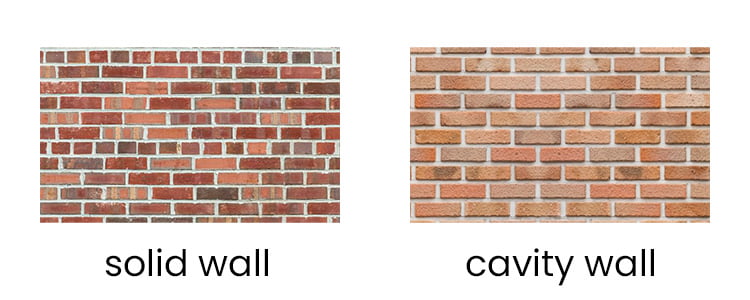
This image shows the difference between a solid wall and a cavity wall
Perform a tap test by gently tapping on the wall at different spots. A solid wall will produce a solid and dense sound, while a hollow or varied sound could suggest a cavity wall.
Consider the age of your building. Older structures are more likely to have solid walls, as cavity wall construction became more common in the mid-20th century. If your building was built before 1920's then it is likely you have a solid wall.
If you have access to original building plans or historical records, check for information about the wall construction type used.
If you're still unsure, seek professional advice from a structural engineer, architect, or experienced builder. They can provide a more accurate assessment of your wall's construction. Keep in mind that while these methods can provide guidance, it's always best to consult an expert for certainty.
Before you order solid wall insulation, it is vital that you know if your wall is indeed a solid wall or not.
What are the benefits of solid wall insulation?
Solid wall insulation in the UK offers several significant benefits:
- Improved Thermal Efficiency: One of the primary advantages of solid wall insulation is its ability to enhance the thermal performance of a building. By reducing heat loss through walls, it helps maintain a more consistent and comfortable indoor temperature. This leads to lower energy consumption for heating, resulting in reduced energy bills and a smaller carbon footprint.
- Enhanced Energy Efficiency: Solid wall insulation significantly increases the energy efficiency of homes, contributing to the UK's efforts to reduce greenhouse gas emissions and combat climate change. Insulated homes require less energy for heating, which in turn reduces the demand on fossil fuels and decreases overall energy consumption.
- Increased Comfort: Insulating solid walls helps eliminate cold spots and drafts within a property. This creates a more comfortable living environment by providing even temperatures throughout the interior spaces. It also reduces condensation on walls, helping to maintain a healthier indoor atmosphere.
- Financial Savings: Insulating solid walls can lead to substantial financial savings for homeowners. Lower energy bills mean reduced monthly expenses, especially during colder months when heating costs tend to rise. Over time, these savings can offset the initial investment in insulation installation.
- Property Value Enhancement: Solid wall insulation can increase the value of a property. Energy-efficient homes are in high demand, and potential buyers are often willing to pay a premium for properties that have already been insulated. This can make a property more appealing and marketable in the long run.
- Noise Reduction: Solid wall insulation can also provide improved sound insulation. It helps reduce the transmission of external noises, creating a quieter and more peaceful indoor environment, especially in areas with high noise pollution.
- Preservation of Building Fabric: Solid wall insulation can protect the external fabric of older buildings, such as historic or period properties. Insulation helps shield the walls from harsh weather conditions, reducing the risk of moisture penetration, dampness, and potential structural damage.
- Enhanced Aesthetics: External solid wall insulation can be finished with a variety of decorative finishes, improving the appearance of a building's exterior. This can be particularly beneficial for properties that need a facelift or for those looking to update their visual appeal.
Solid wall insulation provides a range of advantages, including improved energy efficiency, lower energy bills, increased comfort, property value enhancement, noise reduction, preservation of building fabric and potentially aesthetic improvements. These benefits make solid wall insulation a compelling option for homeowners looking to improve their homes' energy performance and overall quality.
EDF Energy have also released a handy guide on why you should insulate your home
How to insulate internal solid walls
Insulating an internal solid wall involves several key steps to ensure effective thermal performance:
Start by preparing the area. Clear the room of furniture and belongings, and if necessary, disconnect electrical outlets, switches, and radiators attached to the wall.
Measure the dimensions of the wall accurately so you know how much insulation you need. We suggest you ask a building professional or architect the type of insulation you need as this will vary depending on your build. Insulated plasterboards or insulation boards or mineral wool batts are commonly used for insulating an internal solid wall.
Once you have your insulation, apply adhesive to the insulation boards or batts as directed by the manufacturer or building professional. All of the products on our website feature data sheets for you to download for additional information.
Once the adhesive is applied, you need to place the insulation on the wall carefully, ensuring a secure fit. You can use a spirit level to maintain a level installation. Alternatively, opt for mechanical fixings by drilling holes through the insulation, inserting wall plugs, and securing with screws. If desired, you can consider using insulated plasterboard as an additional layer over the insulation for enhanced efficiency.
During the finishing process, attach plasterboard over the insulation, securing it with screws according to provided guidelines. Fill gaps and joints with jointing compound to create a smooth, even surface. After the compound dries, lightly sand the surface to achieve a seamless finish. This will help create an aesthetically pleasing end result.
When dealing with windows and fixtures, be prepared to make necessary adjustments to window sills and door frames to accommodate the increased wall thickness that results from insulation.
For the final touches, reinstall any electrical elements that were temporarily removed during the process. You will likely need an electrician for this. Once the plaster is fully dry, you can proceed to decorate or paint the wall according to your preferences. Be sure to check regularly for signs of condensation or moisture issues and address them promptly.
Throughout the process, it's essential to adhere to the guidelines provided by manufacturers and building regulations. If you find any aspect unclear or challenging, consider seeking professional assistance. This ensures that the insulation installation is successful, contributing to improved energy efficiency and a more comfortable living environment.
Buy Solid Wall Insulation
If you are looking to buy solid wall insulation, then you have come to the right place. We sell all our solid wall insulation products at trade prices. Our prices are open to the public so you don't even need to be in the trade to qualify for our low prices. We sell bulk quantities of solid wall insulation and therefore can pass our savings directly onto our customers. Join the 1000s of people who are using Trade Insulations to get their solid wall insulation delivered directly to their project or site location.
You can order solid wall insulation from us in minutes.
